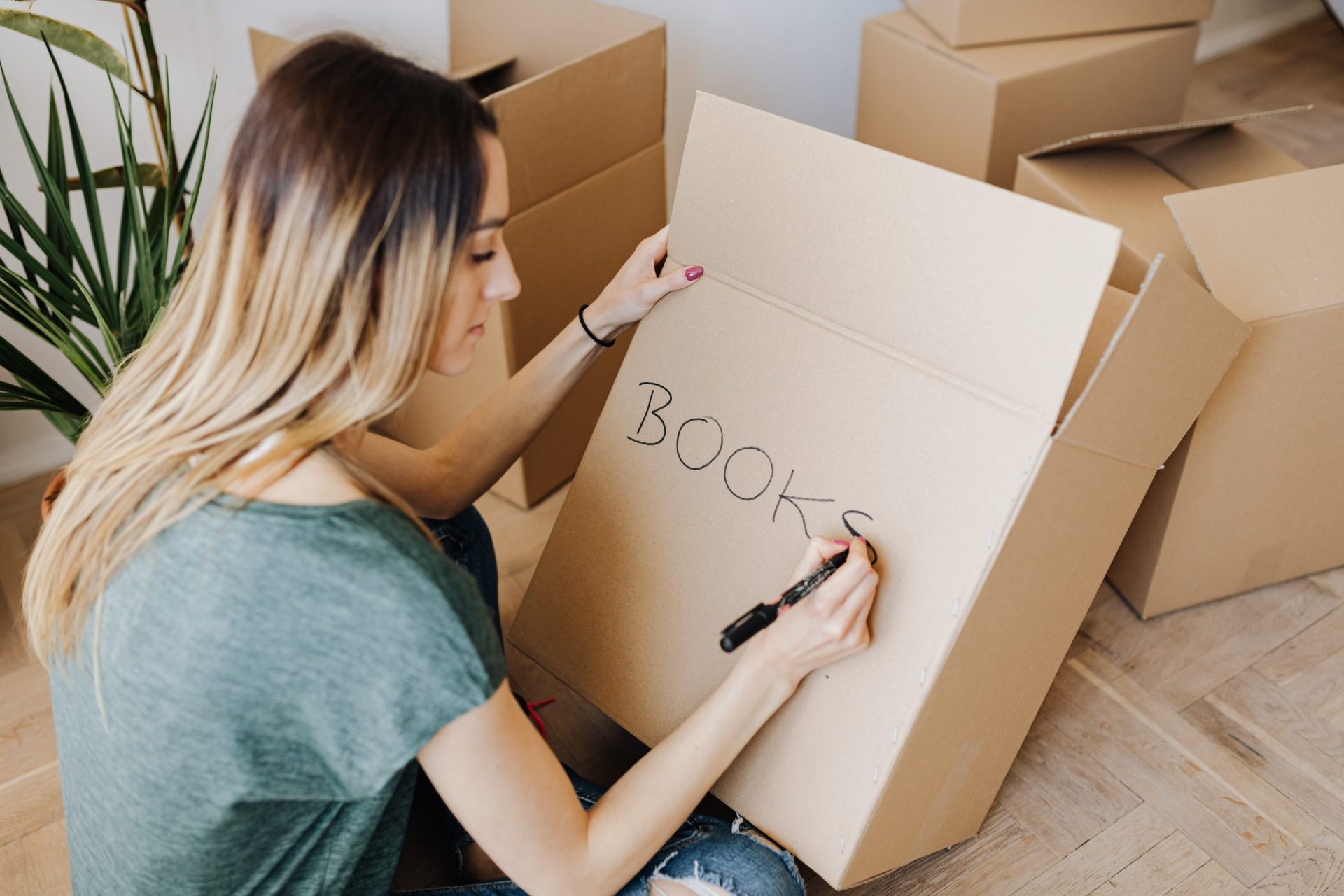Introduction
When you’re packing fragile items, the right supplies and strategies can make all the difference. Here’s how to pack fragile items so they don’t get damaged during transport.
Prep your packing supplies.
- Use a box that is the right size for the item to be packed.
- Use packing paper, bubble wrap, or foam peanuts to protect the item.
- Put a label on each box with the name of its contents and how fragile it is (e.g., “Fragile: Handle with Care”).
Start with a general cleaning and inspecting.
- Start with a general cleaning and inspecting.
Use a soft cloth to remove dust, dirt, and debris from your fragile pieces. If you have anything that has been stored for an extended period of time, it is important to give these items a thorough going over before packing them up again. This will ensure that the items are safe to transport in their new packaging materials and containers.
- Check for chips, cracks or breaks:
As you move through this process, it is important that you check each piece individually for chips or cracks in any part of its surface area (including corners) as well as any signs of warping or denting on any part of its structure (including edges).
Position items correctly in the box.
- Place heavier items on the bottom of your moving box to help prevent it from being crushed during transit.
- Place smaller items in the middle of your moving box to keep them from being damaged by heavy objects sitting on top of them.
- Place fragile items on top, as this is where they are least likely to be damaged.
- Don’t overstuff your boxes with unnecessary packing materials; you should only use enough that will fill up any empty space left after placing all of your belongings inside the box.
Label as you go.
- Use markers and tape.
- Label the top, sides and bottom of each box in large letters with a marker that’s easy to read from a distance. If you’re packing dishes or fragile glassware, consider labeling both the top of each piece so that it can be easily identified as well as its side. This will help prevent damage during transit if an item falls out of its original position within your luggage or shipping container.
- Go permanent with your labels; use a permanent marker instead of one that will come off when wet (like some Sharpies). Permanent markers provide greater visibility than other types of pen or pencils used on cardboard boxes because they have thicker lines—and they won’t rub off when they get wet like some other kinds might do!
Conclusion
Packaging fragile items is a little more complicated than packing other things. You’ll have to be careful with how you handle them and make sure they don’t get damaged in transit. These tips are a great start, but if you’re still worried about damaging your valuables, consider using professional movers. At Rens Removals, we can do all the packing for you. Request a quote with us or get an instant estimate for your move with our move calculator!


